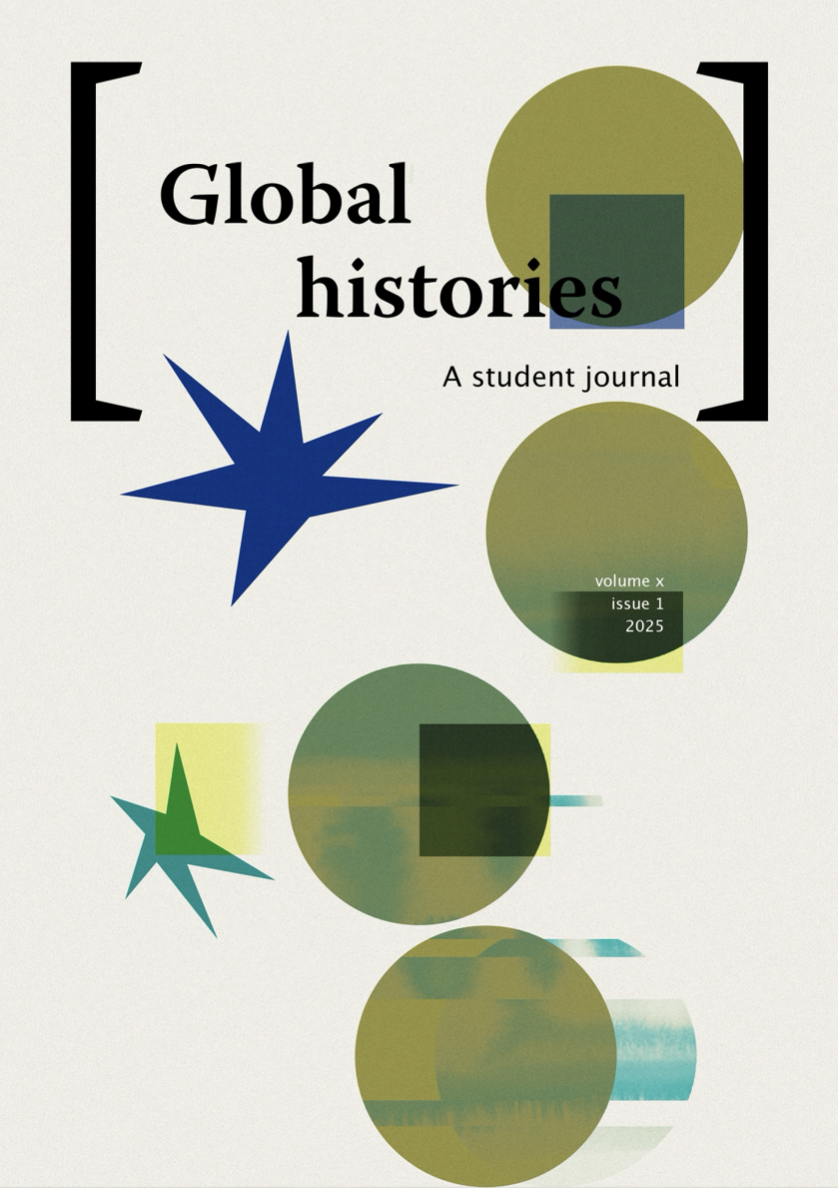Beyond Propaganda: Reimagining the Hindostan Newspaper (1915-17) as a Theatre of the First World War
DOI:
https://doi.org/10.17169/GHSJ.2025.662Abstract
Despite significant scholarship on prisoner of war (POW) camps across Europe, camps for colonial POWs are relatively under-researched within the scope of First World War history. This paper evaluates the production and dissemination of the newspaper Hindostan, printed in Urdu and Hindi, and distributed in POW camps for British Indian soldiers in the contemporary German state of Brandenburg. A major part of the German wartime propaganda strategy to regulate war-related news, publications like Hindostan (inspired by Orientalist writings) were disseminated to incite anti-colonial rebellions in British colonies like India and weaken the Empires of Britain and France. This research locates Hindostan’s development within the wider context of German Orientalism and propaganda strategies, Indian anti-colonial activity in Berlin, and the socio-cultural lives of Indians connected to internment camps, producing a holistic understanding of Berlin’s wartime landscape. The Hindostan’s 67 issues published between 1915 and 1917, were not merely a medium of German propaganda and Indian reception. Hindostan reflects how POWs and various Indian and European actors positioned and repositioned themselves in a warscape where meanings of colonists and the colonised, home and periphery, and allies and enemies were constantly contested. Exploring the historical, linguistic, and thematic intricacies of Hindostan’s Urdu editions, this research reveals how a multitude of actors played significant roles in the creation and reception of Hindostan. This shows how the propaganda war was a site of negotiation and contestation, thereby becoming a dynamic theatre of the Great War.
Downloads
Published
Issue
Section
License
Copyright (c) 2025 Amen Imran

This work is licensed under a Creative Commons Attribution 4.0 International License.






